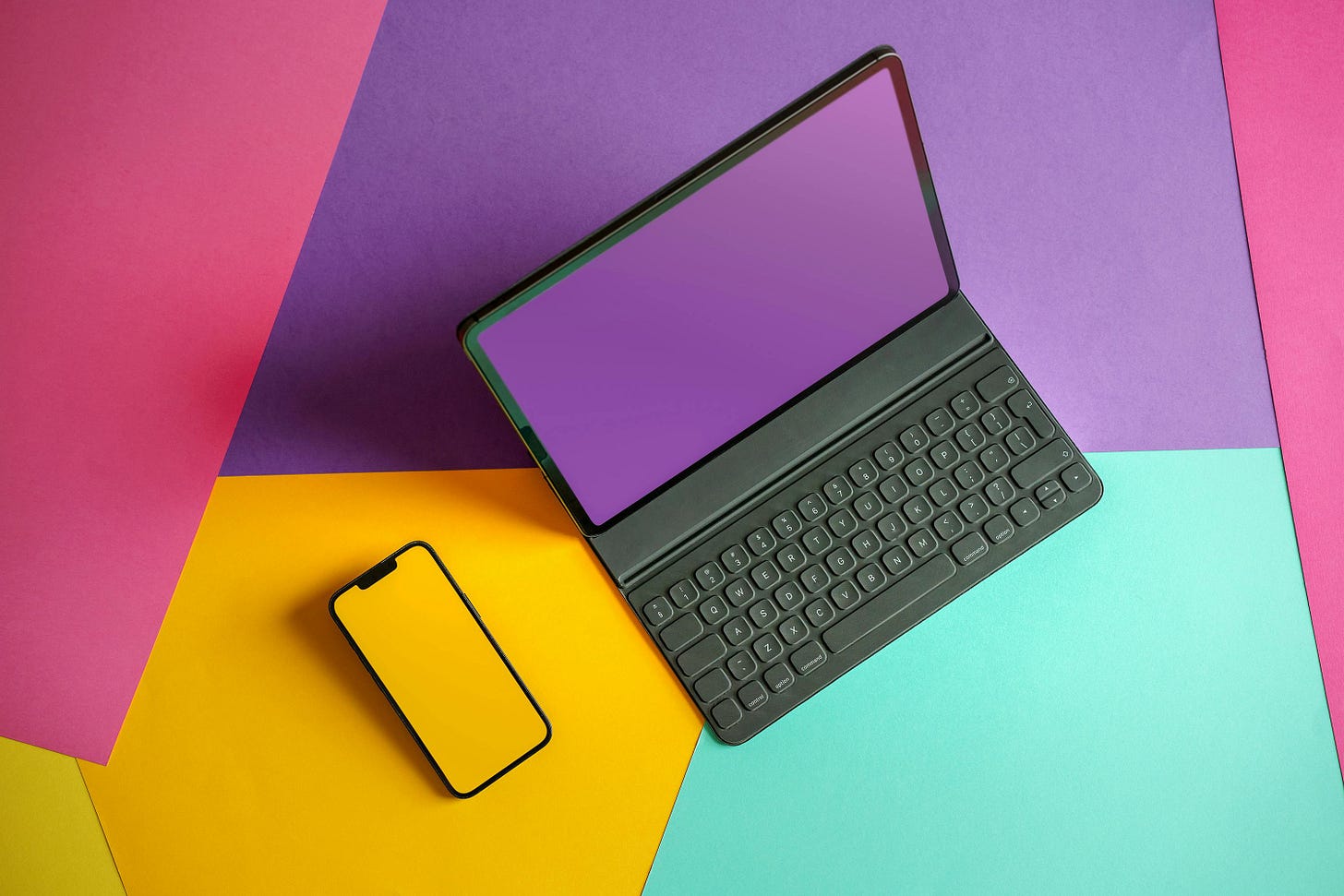How can emotional design enhance user experience in products?
Why emotional design matters and how product managers can use it to make products that people love...
We often focus on making products work well and easy to use. But there's something important we sometimes forget:
Emotional Design
It's what makes a product feel special and memorable for users.
1. Understanding Emotional Design
Emotional design isn't just about making things look good. It's about adding things that make people feel a certain way when they use a product. It's like adding a special touch that makes the experience more enjoyable. Emotional design is based on the idea that how we feel affects how we use things. By understanding this, product managers can make products that connect with people on a deeper level.
Let's look at smartphones, for example. They all pretty much do the same things, but some feel more special than others. Take the iPhone, for instance. It's not just about what it can do; it's about how it looks and feels. That's what makes people like having one.
Real-life examples show us how powerful emotional design can be. Think about Disney parks, they're designed to make people feel happy and amazed. Everything, from the buildings to the characters, is made to create an emotional experience. This makes people want to come back again and again.
In short, emotional design makes products more than just useful; it makes them meaningful and memorable. When product managers understand this, they:
make products that people really connect with
build loyalty
leave a lasting impression
2. The Elements of Emotional Design
Emotional design is about making products feel special to users. It has different parts that work together to create this feeling.
First, there's how a product looks, called aesthetics. This includes things like its design and colors, which can make users feel different emotions, like calm or excitement. Making sure a product is easy to use is also important.
Then, there's storytelling. This means creating a story around a product to make it more interesting. It could be about the brand or the experience of using the product. Stories make users feel more connected to a product.
Empathy is also important. This means understanding what users want and need. By thinking about their feelings, we can make products that really resonate with them.
3. Building Emotional Intelligence into Products
Making products that understand and connect with users' emotions is really important. One way to do this is by listening to users and watching how they use products. This helps us understand what they need and how they feel.
It's also important to look beyond what users say they need and understand the emotions behind their actions. This might mean watching them in their everyday lives or mapping out how they feel when using a product. Building emotional intelligence into products means caring about users' emotions. By doing this, we can create products that users love using.
4. Case Studies
Let's check out two examples to see how making people feel something can make products really successful:
Apple's iPhone: It's more than just a phone; it's like a fashion statement. Apple makes sure every little thing about it looks good and works smoothly. This makes people feel like they're part of a cool club when they use it.
Nike's Brand Stories: Nike doesn't just sell shoes; it tells stories that inspire. Whether it's about pushing your limits or achieving your dreams, Nike's ads make you feel like you can do anything.
These examples show that when products look good, work well, and make you feel something, they become really popular.
5. Implementing Emotional Design
To make products that connect with people's feelings, follow these steps:
Know Your Users: Talk to them to find out what they like and how they feel.
Work Together: Team up with designers, marketers, and engineers to make sure everything feels right.
Get in Their Shoes: Do exercises to help you understand what your users are going through.
Keep Improving: Listen to feedback and keep making your product better.
Remember, making products that touch people's hearts is a team effort, and it's something you need to keep working on to make it even better.
6. Conclusion
We sometimes forget about emotions. But as we've seen, emotions are really important in design. It's not just about how things look, it's about how they make people feel. By understanding what users want and need, product managers can create products that really connect with them. Whether it's the cool design of an iPhone or the inspiring stories from Nike, emotional design makes products stand out.
Thanks…
For more helpful information on product management, consider subscribing to our newsletter, "The Product++." Stay updated on the latest trends and best practices!
We want to hear from you! Share your stories and thoughts about Emotional Design. Your experiences can help others learn how to make smart decisions.






